This article has been a long time coming. Ever since I watched the video that Hamish published in late February this year, this topic has been buzzing on and off around my brain. What most people took away from that video was “OH MY GOD! HAMISH TRASHES HIS NEGATIVES!” What I took away from it was: how do I know (and by extension anyone know) the value of their photography?
I suppose I should start by defining the word value in this context in the way that I understand it. It may differ from what Hamish means by value but at least you’ll understand where I’m coming from. I’ll start by defining what it’s not, and hopefully that’ll help me get to the heart of what it is. Once I’ve (hopefully) found a definition that I’m happy with, I’ll take you on a stroll through over a decade of serious photography to identify pictures that I think have value and why.
I’m not talking about monetary value. That’s the obvious one I have to exclude, for two reasons. First because I think the correlation between the monetary value and the intrinsic value (for lack of a better word) of a photography is small. That is not to say that successful photographers who manage to sell prints for high prices don’t have talent. But there are tons of fantastic photos out there that don’t sell for much or (most often) are not sold at all. Therefore how much a photo is worth financially has little to do with its intrinsic value, and more to do with the ability of a photographer to market him or herself. You can have the best portfolio in the world, if no one sees it, it has no monetary value.
I’m also not talking about personal value, which is the other elephant in the room. Of course, the pictures we take of our kids and loved ones have value to us: because they are people we love, because they remind us of shared moments, because we associate them with pleasant memories. And that extends beyond portraits of loved ones or moments seized. A shot of a particular landscape might be associated with memories of me being there, fantastic vistas that I in fact failed to capture but this picture is the next best thing. And often in this case it’s hard to dissociate personal, emotional value from intrinsic value. It’s hard to admit that a shot that means so much to me personally would not mean much, if anything, to anybody else. I also noticed this when I was doing a lot of concert photography: by being there, enjoying the music and knowing the artist you ascribe a value to the pictures taken that anyone who wasn’t there will not perceive.
And finally, there’s a third sort of value that I’d like to exclude here, at least partially, in the context of the kind of photography that I and (I suspect) most amateur photographers practice: documentary value. Documentary value is undeniably important in the grand scheme of photography, but unless you are a documentary photographer, unless you create a body of work to show or highlight a particular aspect of society, culture, prejudice, whatever it may be, then the documentary value of a single shot is going to be limited. That’s not to say that it doesn’t exist, but let’s just say that it brings us in an entirely different area of photography.
Before I move further, I’d like to stress that just because I’m “excluding” certain aspects of value from the discussion here does not mean they should not be pursued or are somehow less valid. They’re just not part of what I call intrinsic value, which I will now try to define more specifically.
So what am I talking about? What is this intrinsic value that I allude to and how do I define it? I would argue that intrinsic value is a subjective measure of how much a particular picture speaks to a viewer, not matter how far removed that viewer is from the subject (or the photographer for that matter). When Vivian Maier’s pictures were unearthed, many of us who had no idea who she was, had never been to Chicago and had never shot a Rolleiflex (or even film for that matter) just went “wow!”. Now we can’t all aspire to be the next Maier, but there is something that helps us define intrinsic value here.
I suspect there are three essential components that make a picture intrinsically valuable:
- Universality: for a picture to speak to a random viewer picked on the street there has to be some universality to what it depicts. What I mean by that is that irrespective of the particular context in which it was shot, it must resonate with people who have no personal connection to the subject matter: they don’t know the subject of the portrait, they have never been to the place it depicts and may not even know where that place is, etc. Sometimes universality is capturing the essence of a place or person that people know, most often is capturing the essence of a concept or idea through a subject that they don’t know.
- Composition: for a picture to strike the viewer and draw him in, it has got to display what it depicts in a way that is neither bland nor too obvious. I won’t go into any depth on what makes compositional excellence (there are plenty of books and videos on this, and I’m clearly not qualified to give any lessons on it myself). Suffice it to say that no matter how relevant the subject matter is to everyone, no matter how universally it speaks to the viewer, if the composition is lackluster, it won’t be valued by the viewer.
- Uniqueness: let’s face it, more often than not we all shoot the same subjects in more or less the same way. It’s very hard for a picture to stand out when the viewer feels he’s seen it a dozen times. I think that explains the appeal of street photography (where the photographer may have the impression that what he is shooting is a unique moment in time that will never be reproduced) and also the appeal of film (which gives the photographer the feeling of approaching things in a non mainstream way). Whether and how genres or techniques actually appeal to the viewer may be disconnected from how unique or original the photographer thinks he is being when he shoots. But intrinsic value is, in part at least, driven by how unique the viewer thinks the picture is.
I should stress at this point that I don’t think any single one of these aspects is sufficient to generate intrinsic value in a picture: you need all three to varying degrees. Maybe that’s why it’s so bloody hard to look dispassionately at your own body of work and find pictures that you think have intrinsic value. Pictures that will speak to many, where you nailed the composition and display a unique viewpoint.
I tried to go through that exercise and extract a few photos from my own history with “serious” photography (as opposed to the casual stuff I was doing before 2009) that I think have intrinsic value. I’ve tried to explain why I think they do, and will let you be the judge.
What drove me to serious photography initially was taking photos of my kids, and shooting the jazz musicians I loved and went to see live several times a month. In both instances, once I’d gotten over the initial growing pains and got shots that I liked, I struggled to understand why people didn’t like the pictures I liked, or didn’t like them as much as I did. Of course, I was projecting my personal value assessment on pictures that had little to no universal value.
I clicked on this with one shot of a kid… that happened not to be one of mine. It was on a beach with a family of friends, and I happened to shoot one of their daughters with a really shallow depth of field. The resulting (digital) shot, once processed in black and white with some sepia toning happened to evoke a sort of summer nostalgia of when you were a kid, but also what a joyful and carefree time youth can be. I immediately realized that more people seemed to relate to that picture than had ever related to my kids’ pictures. I was onto something.
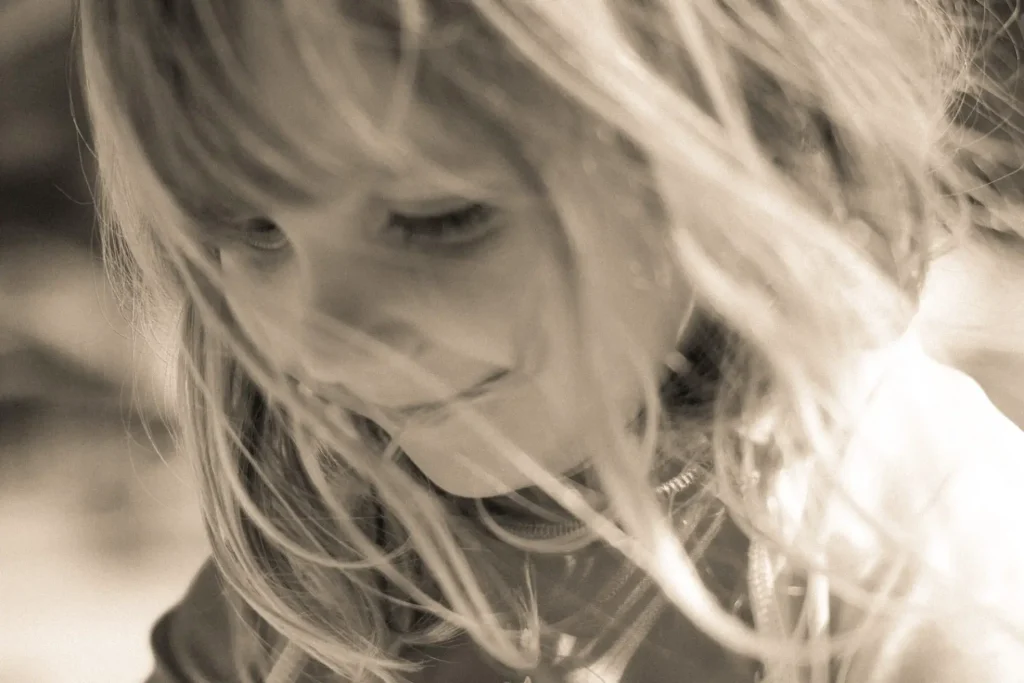
I had a similar experience with concert shots. Viewers who didn’t know the musicians I was shooting (and let’s face it, in the world of jazz many fantastic musicians are effectively unknown) were mostly unmoved by my shots. I did notice though that concert photos of black artists seemed to resonate more, which I think is down to the image most people have of jazz. I took a shot of sousaphone player Joseph Daley (see photo above) that was later painted as a mural in Buenos Aires but the one shot that really made me realize this universality thing was one of singer Ron Smyth, a relatively unknown (but hugely talented) gospel and blues singer. Interestingly, it’s one of my only ever successful film shots of a musician. I think this one works because it evokes 60s shots of Miles Davis and so people, even if they know nothing about jazz (or blues or gospel), can immediately tie the picture with something they know. And the film grain gives it character that is lacking from most of my other shots.
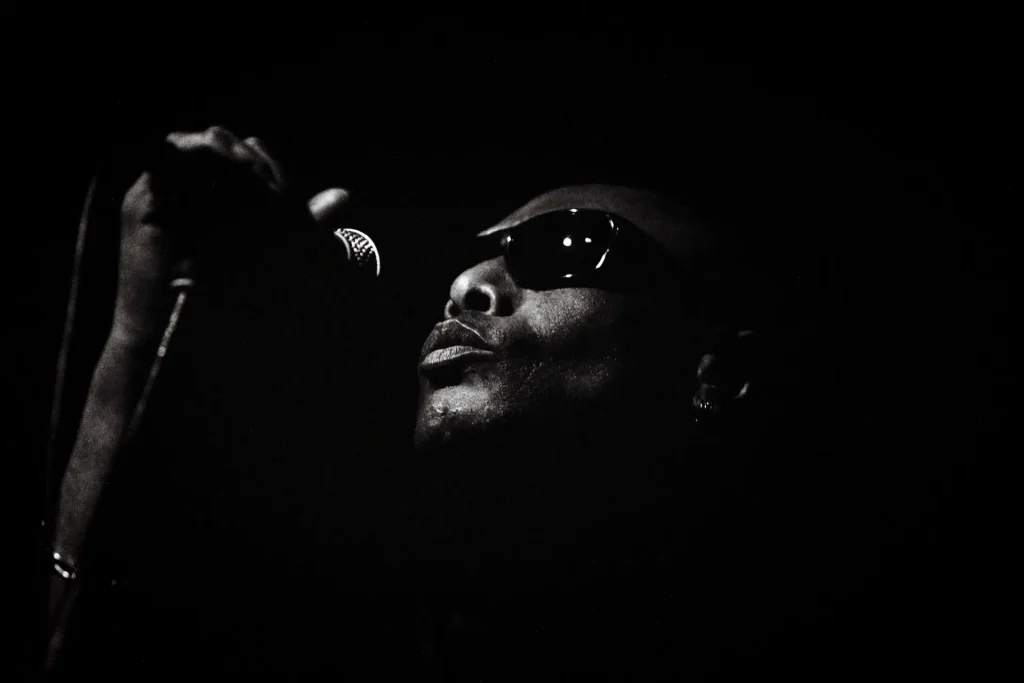
Another style of photography I grew into as I got better was long exposures over water. I think it was unconsciously a way to do something different (at least something none of my non photographer friends were doing) and I probably loved to be asked “how do you do a shot like this?” But I quickly realized that nothing looks more like a long-exposure shot over water than another long-exposure shot over water. I still practice that style on occasion, but now I know I need to shoot different locations or bring something different to the mix. One thing I found out was that I didn’t like the glossy look of rushing torrents when exposed too long (or really more than a second). I think this shot stands out for that reason: I’d finally understood that exposing less (I think this was 1/15s) was the optimal look, I used film which gives it a different feel, and the composition isn’t too shabby, if I say so myself.
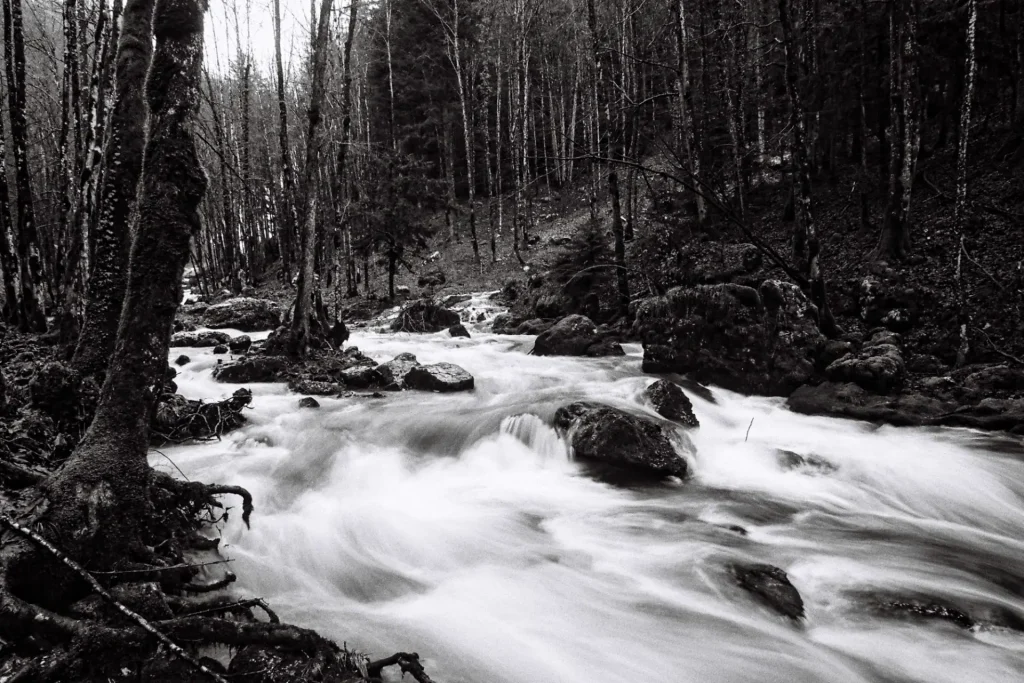
I also dabbled in street photography. I still do, although the shots I take of Hong Kong are more of a documentary nature (I’m really shooting my environment more than anything) than artistic in any way. I’m not sure I have the patience or the eye for brilliant street photography. I recognize it when I see it, but I rarely shoot it. There is one exception though, again a film shot. I was strolling around London on a gorgeous spring day and I see this woman in a red dress walking on the other side of the street. I realized the café (I think it’s something related to photography as well) made for a great backdrop and I pressed the shutter on instinct. Only later did I notice the lamppost and the man smoking on the right. Here I think the composition makes the shot, and there is a certain relatability to the scene yet some things stand out. You don’t see this everyday, though you could see it someday.
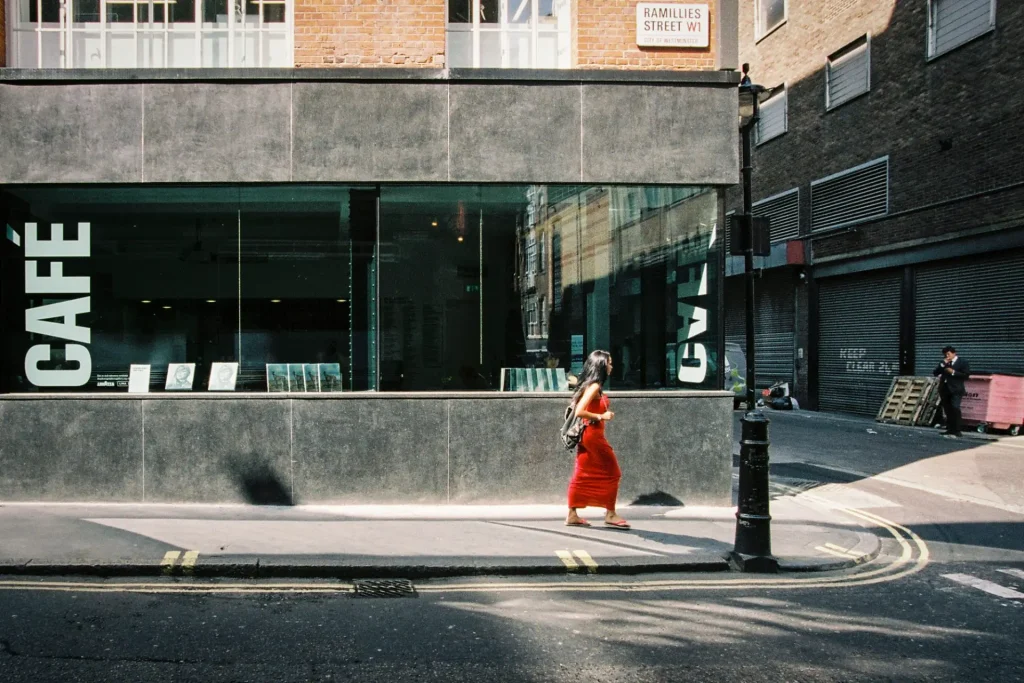
All through this though, I kept going at it and trying many different styles of photography though never really settling on anything that I felt was my own. Maybe not everything has been done in photography, but damn, so many things have… Ever since reading about film double-exposure and seeing the work of some great photographers, I had this idea of superimposing flora textures with portraits. I had a couple of failed trials, but they showed me what wasn’t working and finally I launched into my project Human Nature. The response (at my tiny little scale) was really great and I knew I was on a path that was if not unique, at least not well trodden. I wrote a couple of articles here about this, and I think this ticks all three boxes of feeling universal (we can all relate to people and nature), being somewhat unique (few people have explored this technique the way I’m doing it) and being effective composition wise (at least for those photos I’m showing.) This photo of Nora is one that hasn’t been shared here yet.
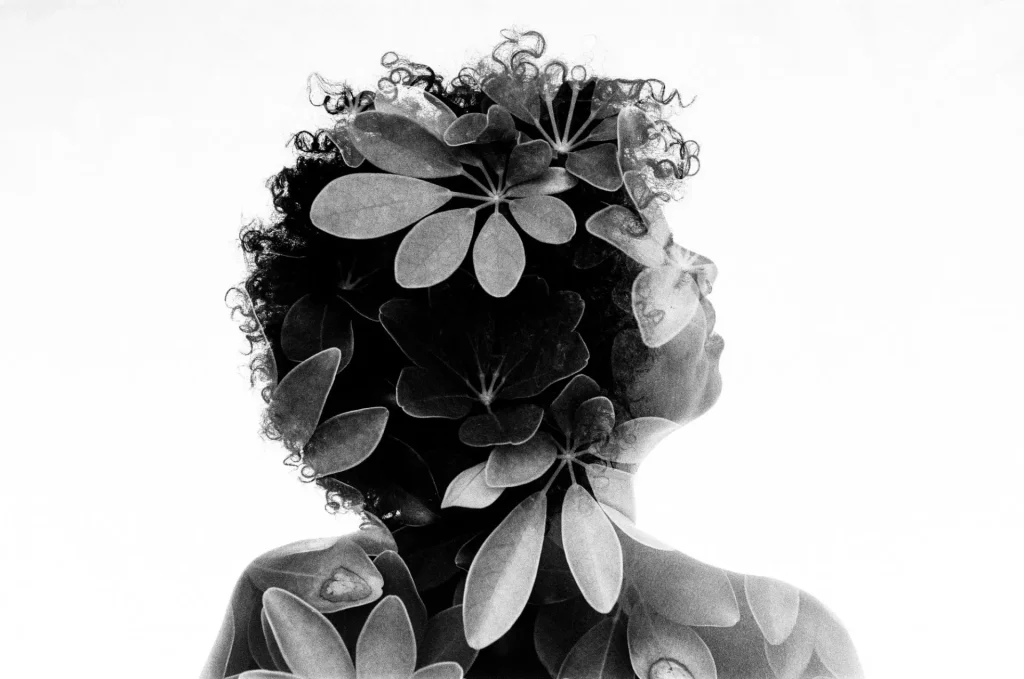
So what do I take from all this ? That after a decade of serious photography, I have produced a few pictures that I think have intrinsic value, pictures that a lot of people can relate to without them feeling overseen and overused. Pictures that photographers and non photographers alike might find interesting. Sure, they are few and far between, and all together they look nothing like a coherent corpus of work. But I feel like it has not all been for nothing. And I suspect, for most of you, if you went through a similar exercise, you would also find shots that have intrinsic value. I hope you didn’t throw out those negatives, Hamish!
If you like my work and want to see more of it, follow me on Instagram at @benfelten.
Share this post:
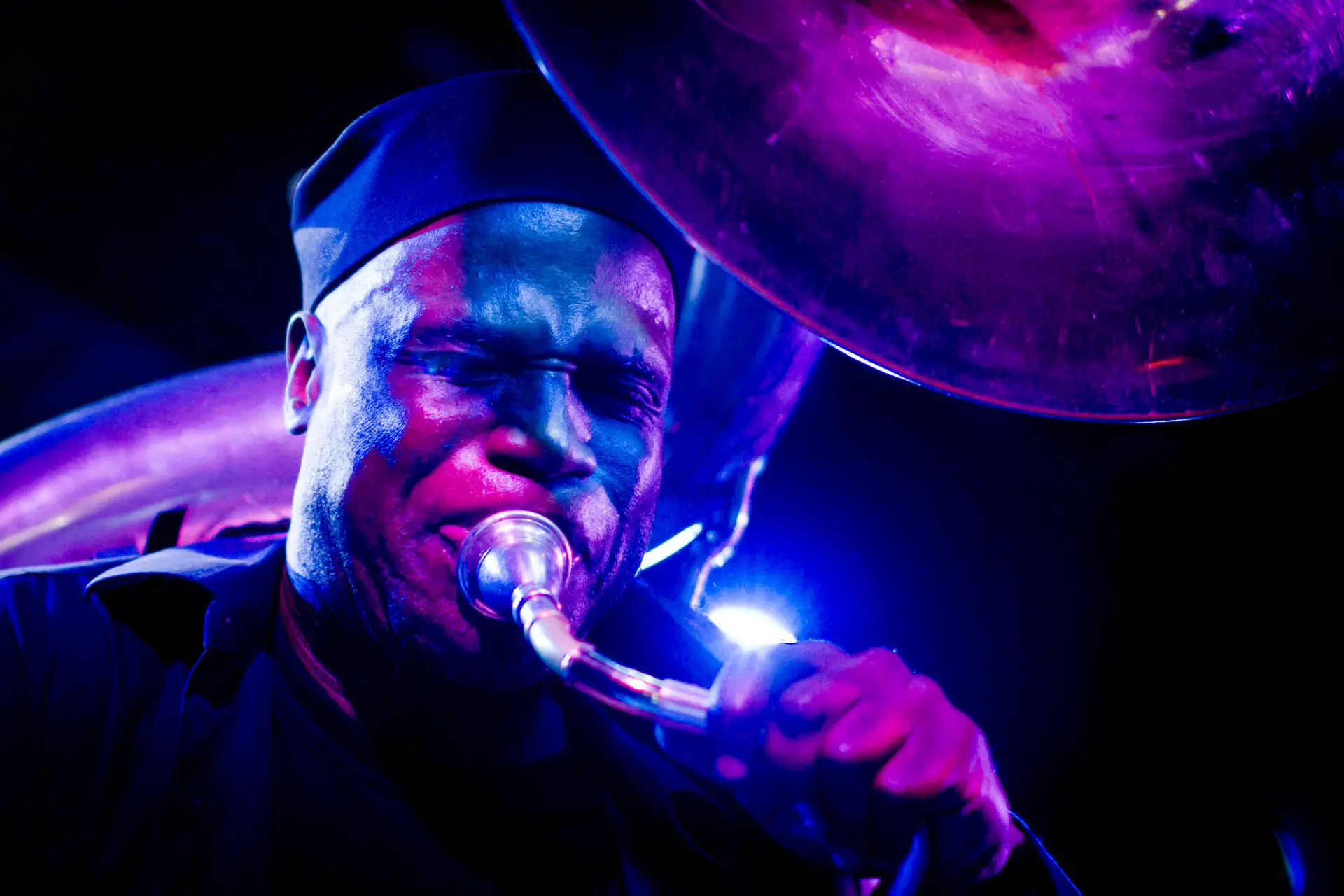








Comments
Martin on About the value of my (and your?) photography – By Benoît Felten
Comment posted: 21/07/2020
-Ansel Adams
Comment posted: 21/07/2020
Holly Gilman on About the value of my (and your?) photography – By Benoît Felten
Comment posted: 21/07/2020
Holly
Comment posted: 21/07/2020
Comment posted: 21/07/2020
Comment posted: 21/07/2020
Sroyon on About the value of my (and your?) photography – By Benoît Felten
Comment posted: 22/07/2020
Another example is Alexey Brodovitch's Ballet series, shot in the 1930s(!) and still so strikingly modern that the pictures are challenging, even to a contemporary viewer. Robert Frank looks almost tame by comparison. Even today, I'm not sure if Brodovitch's photographs would "speak to a random viewer picked on the street" – if I had to guess, probably not!
In The Photographer's Vision, Michael Freeman proposes some criteria which you might find interesting, just as a different take on the same topic (illustrated with some truly amazing pictures). His criteria are: (1) Is skillfully put together, (2) Provokes a reaction, (3) Offers more than one layer of experience, (4) Has its context in photography, (5) Contains an idea, (6) Doesn't imitate.
Comment posted: 22/07/2020
Jenkole on About the value of my (and your?) photography – By Benoît Felten
Comment posted: 22/07/2020
Comment posted: 22/07/2020
Andrew L on About the value of my (and your?) photography – By Benoît Felten
Comment posted: 23/07/2020
By the way, I think your lady in red photo is incredible. The elements all work so well, especially the placement of the lettering and the figures, and I do love Fuji's analogue colors.
Comment posted: 23/07/2020
brian nicholls on About the value of my (and your?) photography – By Benoît Felten
Comment posted: 23/07/2020
Comment posted: 23/07/2020
Bill on About the value of my (and your?) photography – By Benoît Felten
Comment posted: 23/07/2020
My 40 years in film photography have only rarely been occupied with equipment that others would consider stellar. But the experiences that have come to me through my photographic pursuits mean the world to me. If you choose the path of requiring your shots to meet a specific requirement then you may be limiting the greater value that could be personally attained. I don't enjoy photography or music because of what I feel I can bring to the game. I enjoy these things because of how they impact my life personally. This is the path I have chosen.
Thanks for your thoughts and photographs. Personal introspection is an important part of anything worth spending our valuable time on.
Comment posted: 23/07/2020
Tom P on About the value of my (and your?) photography – By Benoît Felten
Comment posted: 24/08/2020
I really like your ideas of Universality, Uniqueness and Composition. Nowadays I take less photographs and am more interested in going back over what I have already, a considerable collection of 35mm negatives, slides as well as digital files. many of which I deleted. I've returned to the darkroom, being highly selective and printing off only what I consider to be excellent images. I apply four factors: Light, temporality, composition and subject. In other words, the photograph needs to be correctly exposed, focused with composition and subject that work to produce a response in the viewer or communicate something. Two books I can highly recommend are The Ongoing Moment by Geoff Dyer in which he examines how leading photographers have represented the same objects in their different ways, the compulsion we have to record. Also Photography by David Bate, which is standard undergraduate reading and distills very well the various ideas and philosophies behind photography and visual culture.
Finally I think those four photos of yours encapsulate totally your philosophy. The Woman in red made me think straight away of the Edward Hopper painting Nighthawks. Stunning, it makes the familiar at once and for a moment ever so slightly unfamiliar, jolting us out of ourselves. I loved the little girl who is completely absorbed in something it does indeed capture the experience of early childhood, of being in your own little imaginary world. Your jazz musician I really liked, a canonical image absolutely bringing to mind the famous shots of people like Miles Davis. The Fertile Hair I'm not so sure about, a strong, striking image sure but Universality?
I'm off to critically apply those criteria to my own negatives, ready to chuck any which don't make the grade.
Comment posted: 24/08/2020